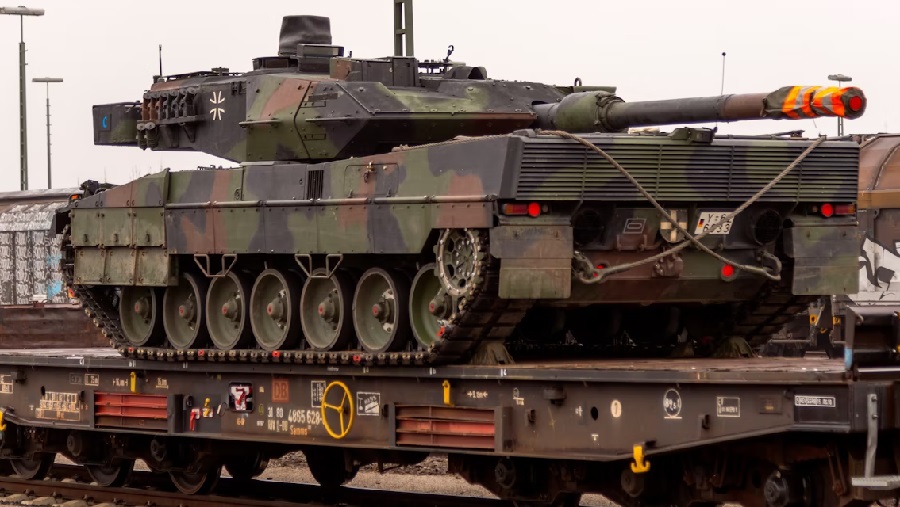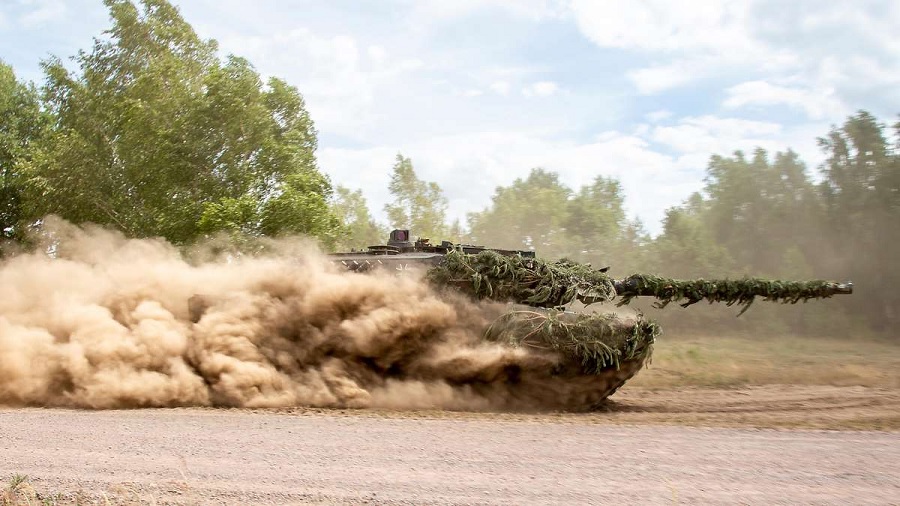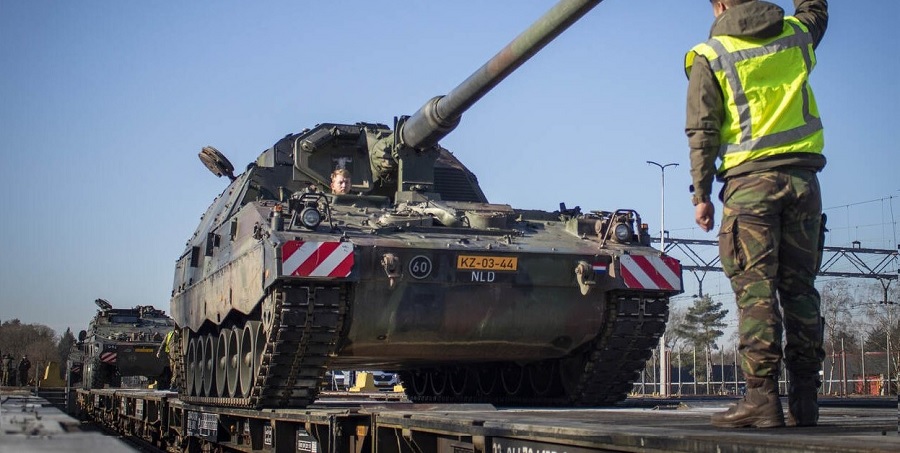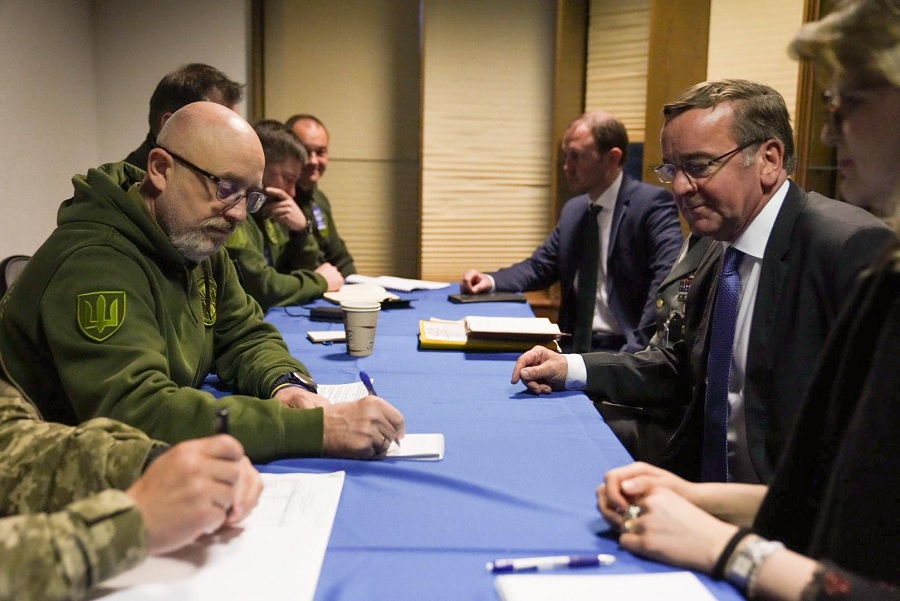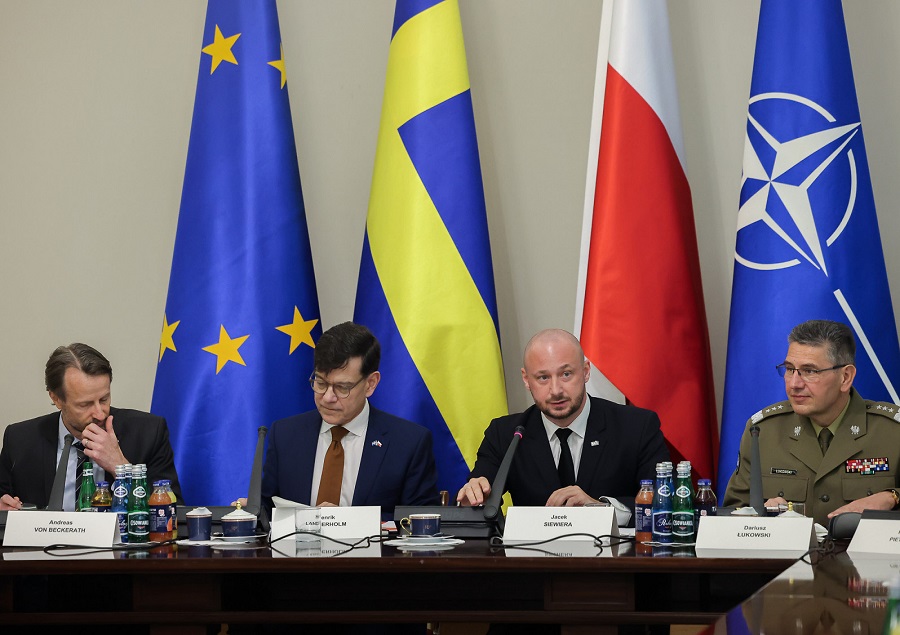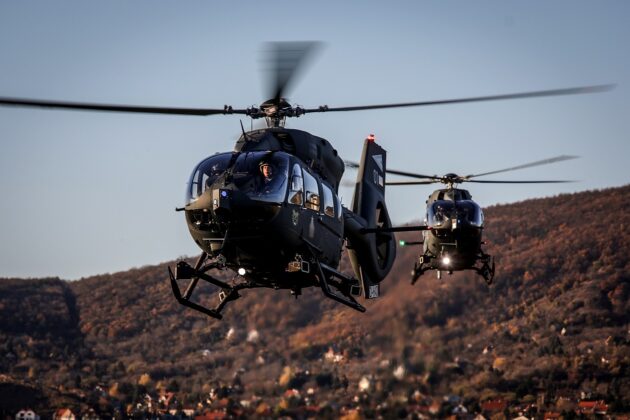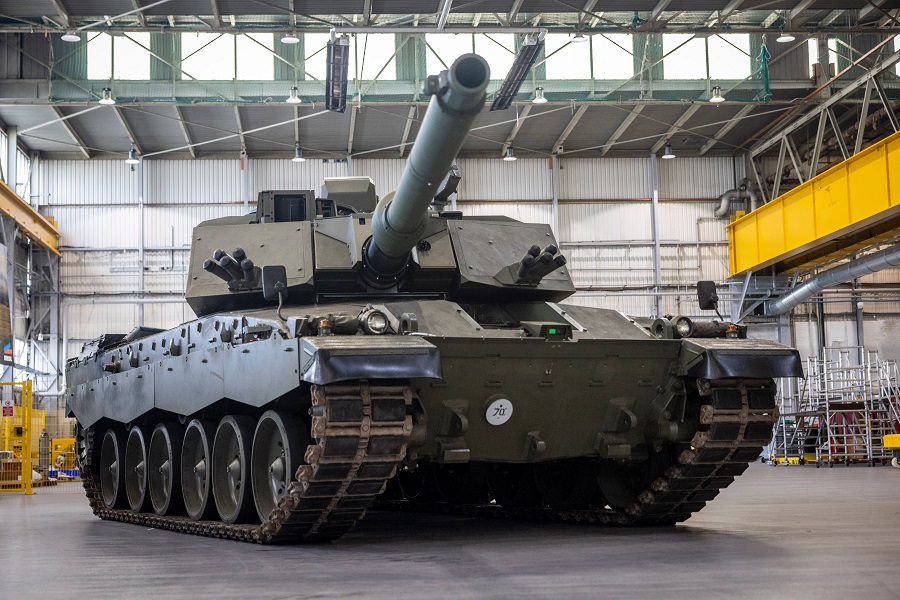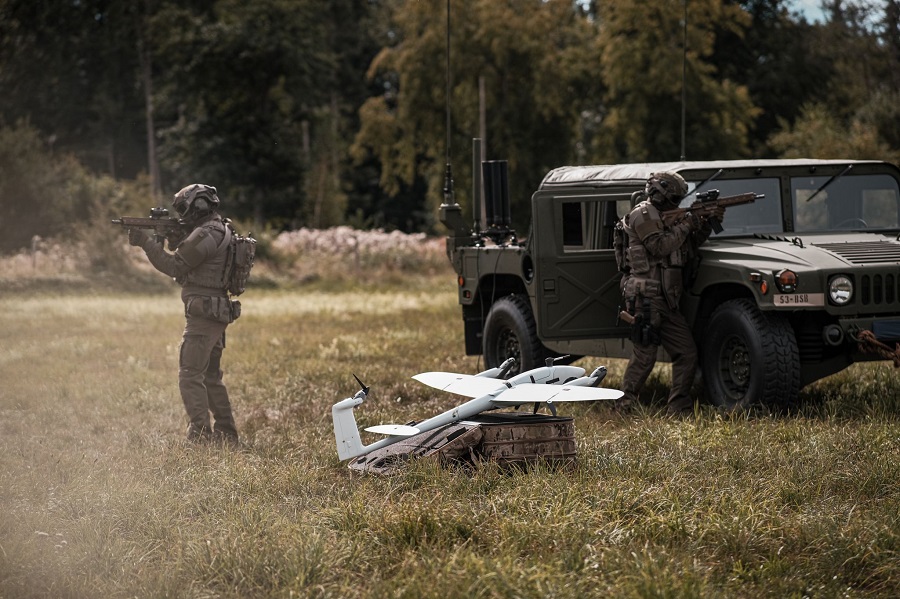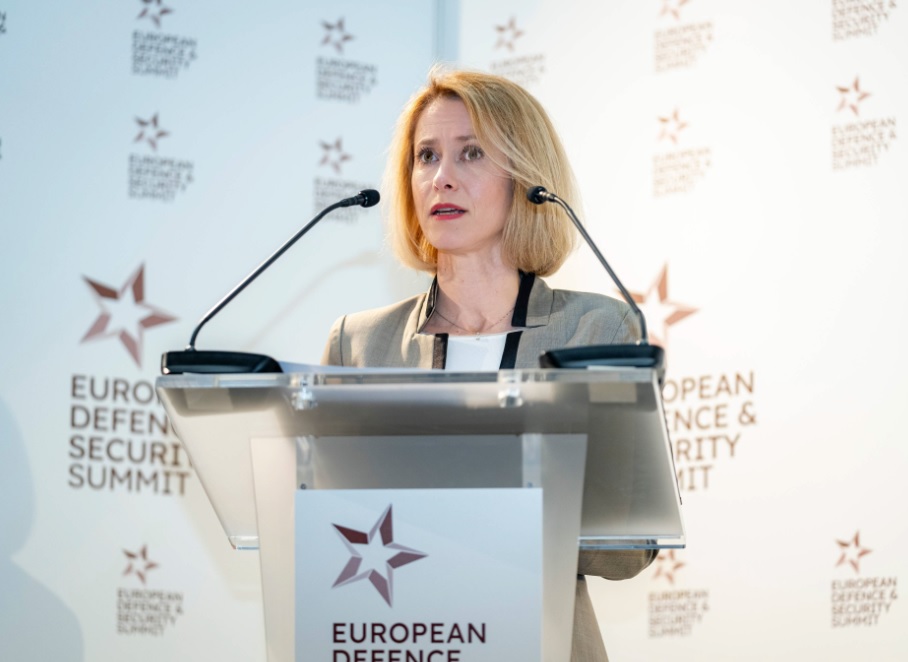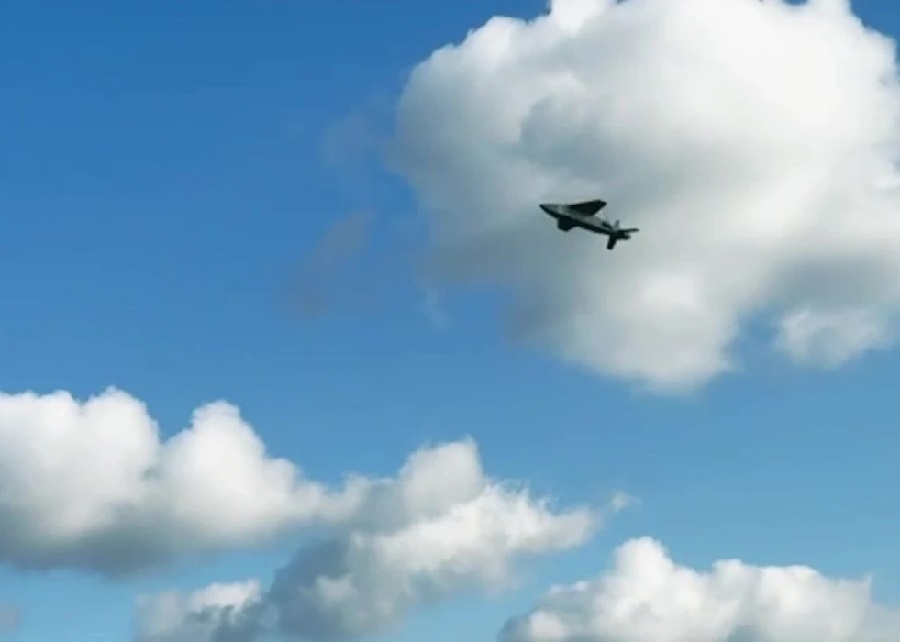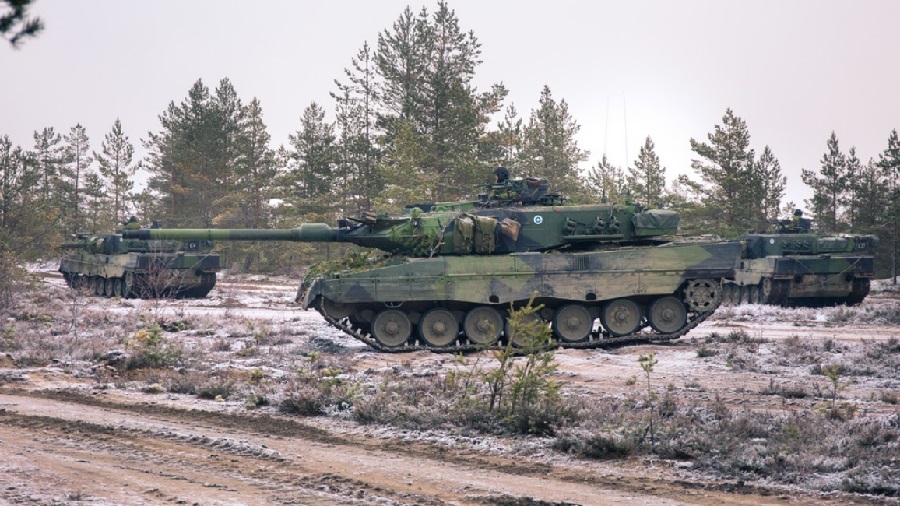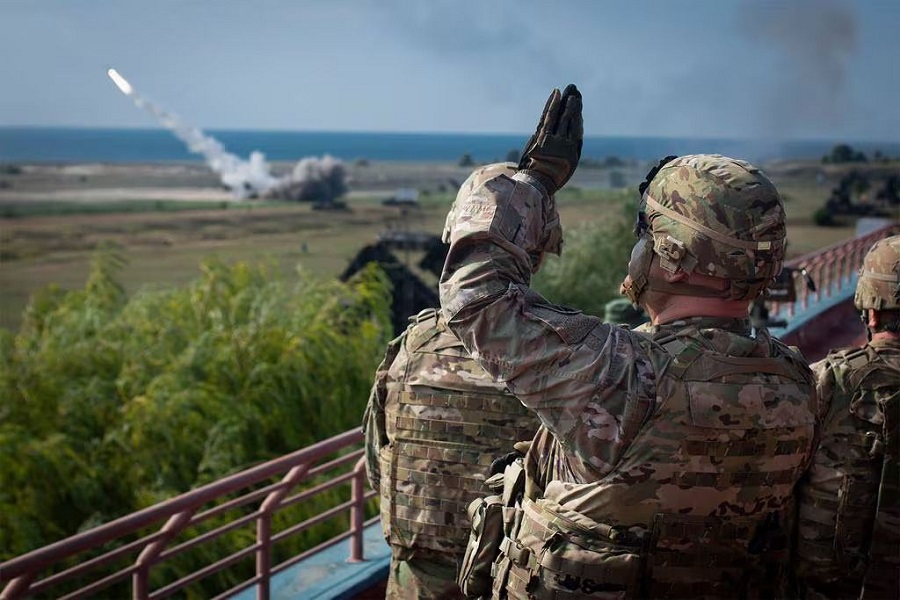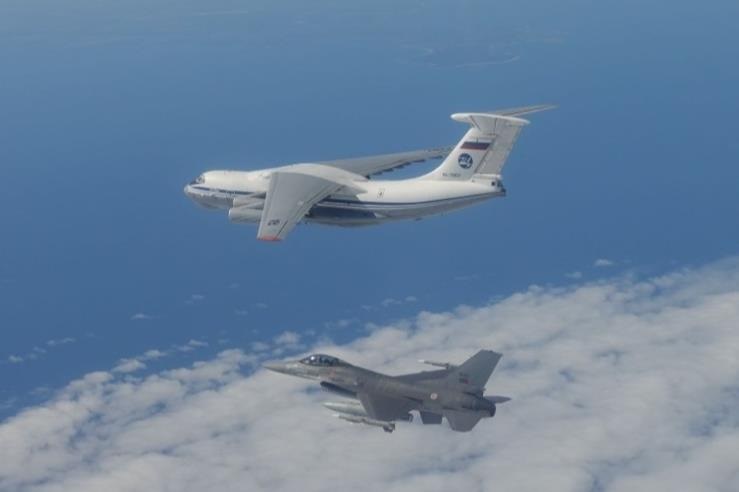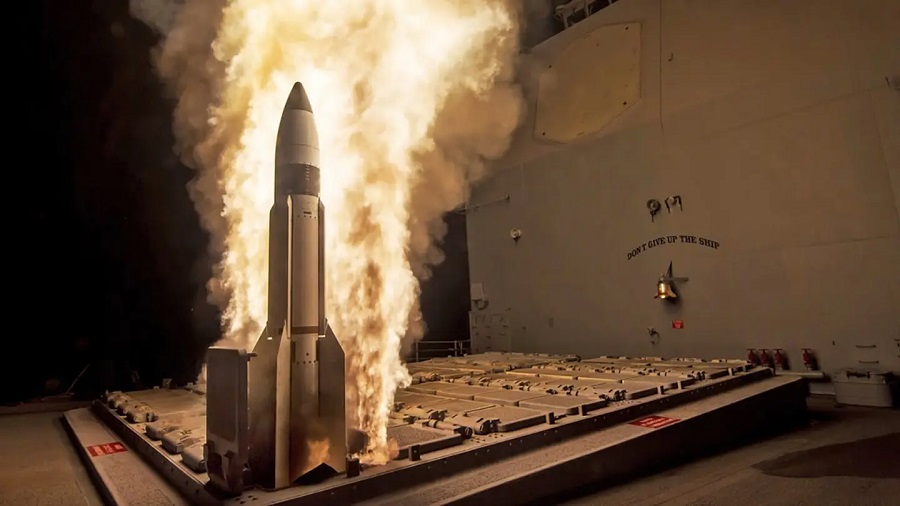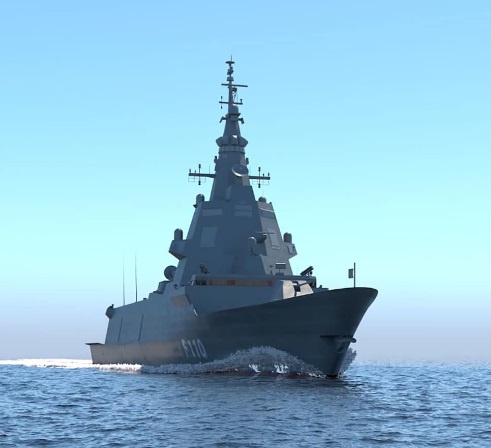Just days after Russia launched its full-scale assault on Ukraine in February 2022, Germany’s Chancellor Olaf Scholz described it as a “Zeitenwende” – a historical turning point. Germany’s eastern allies, whose warnings about the Russian threat had been ignored for many years, breathed a sigh of relief: finally, Berlin had ‘got it’. Almost a year later, many of those allies, not to mention Ukraine, are worried that the long-delayed decision to supply Leopard 2 tanks to Ukraine shows that Germany, or at least Scholz, has still not got it. They have reason to be concerned, but many other allies are not doing much better than the Germans: the West as a whole is still responding inadequately to the Russian threat.
To start with the tanks: to most observers of the conflict it had seemed obvious for months that Ukraine needed modern Western tanks to bolster its forces. German Leopard 2s, operated by more than a dozen European countries, were clearly the best option, but Scholz and parts of his SPD party still hesitated.
On January 25th, Scholz finally agreed. It is not clear whether he hesitated because he was worried that he did not have the support of the German public (a recent opinion poll showed almost equal numbers for and against supplying tanks to Ukraine); afraid of internal opposition in his SPD party; reluctant to go it alone without the US also supplying tanks, fearing that Russia might respond to German tanks in Ukraine by attacking NATO directly; or keen not to close the door on the possibility of better relations with Russia in future.
Whatever the explanation, Scholz’s delay caused damage in three areas, all of which will be hard to put right. First, it is likely to take some time before significant numbers of Leopard 2s reach the battlefield. Former Commander of the US Army in Europe General Ben Hodges estimates it will take 7-11 weeks to prepare tank crews. Training maintenance engineers will take significantly longer. Meanwhile, all the indications are that Russia held back some of the troops it mobilised last year for further training and is likely to mobilise more in preparation for a spring offensive. Ukraine will probably have to face that offensive before it can deploy all its new and more capable tanks, which will mean more casualties and increase the risk of losing ground.
Second, Germany’s hesitation will further entrench the divide between those who see a US presence as Europe’s only effective security guarantee and those who believe that Europe must take more responsibility for its own defence. The fact that Scholz only shifted gears when he knew that the US would also supply tanks, disregarding the prior offers of many European allies to do so, underlines how far Europe is from being willing or able to stand on its own feet. This divide is a worry, because although US president Joe Biden still seems able to rely on the support of Republicans in the Senate when it comes to helping Ukraine, Republicans in the House of Representatives include an increasing number of isolationists – and the House controls the purse-strings. Europeans may have to get used to the idea of doing more for themselves in future crises, but Germany does not yet seem ready for that.
Third, the delay will damage Germany itself. It will encourage Russia to believe that German resolve to support Ukraine can be broken. The Kremlin will exploit its connections in Germany – built up over many years of business and political ties – to encourage dissent over support for Ukraine and to promote division, including between the former German Democratic Republic and the rest of Germany. When Scholz announced to the Bundestag that Germany would supply Leopard 2s to Ukraine, an MP from the right-wing populist AfD (a party which is strong in the east, and has been supportive of Putin) immediately accused him of overthrowing the foundations of Germany’s post-war peace policy.
Germany’s defence industrial sector will also suffer. This is not the first time that strict German export controls have frustrated its partners: in 2019 the CER wrote about the problems this caused, and the need for a common EU arms export policy. Now countries that might otherwise have turned to Germany as a partner in developing new armaments may choose to exclude German content, for fear that Berlin will not allow them to use such weapons to defend their security interests as they see fit. US defence firms are likely to be the biggest beneficiaries.
Now that Scholz has – finally – done the right thing, he will be tempted to rest on his laurels, and other Western leaders will be tempted to pat themselves on the back for having done better than him. But none of them should be complacent. The two battalions of Leopard 2s – roughly a hundred tanks – provided by a coalition of Europeans and another 31 Abrams tanks from the US are certainly valuable to Ukraine, but they will not produce a decisive change on the battlefield, especially if they arrive when Russia is already on the offensive. Main battle tanks may not even be the most important weapons systems to supply at this point in the war: leading American military analyst Michael Kofman argued recently that what Ukraine most needed was more and better air defence – which a number of countries are already working to provide – and more artillery ammunition.
The West should start by worrying less about Putin escalating the conflict, and more about defining and pursuing its own interests. Putin’s ultimate objective is clear (though probably unattainable): he wants to remove Ukraine from the map as a sovereign state, leaving it at most with the kind of Potemkin statehood that the Ukrainian Soviet Socialist Republic had within the Soviet Union. Despite Western restraint, Putin has used more force when he has thought that it would help him to achieve his aims. There are also indications that he has avoided escalating when he thought that it would risk confrontation with NATO. Though Putin and his propagandists regularly threaten to use nuclear weapons if some red line is crossed, he must know that such a step, unless taken when the Russian state itself was under an existential threat, would alienate Russia from many of its non-aligned supporters; and would probably bring NATO into the conflict in full force. Ukraine’s aim is as clear as Russia’s: it wants to restore control over all its internationally recognised territory. What is the West’s aim? That is less clear; when Ukrainian president Volodymyr Zelenskyy visited Washington in December, The Washington Post reported that he repeatedly spoke of victory, while Biden spoke of US support for the Ukrainian people’s determination “to choose their own path”, but warned that giving Ukraine significantly more powerful weapons “would have a prospect of breaking up NATO and breaking up the European Union”.
By focusing on the dangers of helping Ukraine, Biden and Scholz risk signalling to Putin that he can intimidate them into doing less for Ukraine than they otherwise might. Perhaps he can then ensure that when this round of fighting stops, he ends up with more Ukrainian territory than he started with. After a pause, he will be able to rebuild his forces and try again.
For the sake of Europe’s security, as well as its own, Ukraine needs to win, decisively, in a way that shatters any Russian dream of renewing the war for the foreseeable future. A stalemate that preserves the current front lines or yields more territory to Russia will not be stable. And if Putin believes that a gross violation of international law can bring dividends and that the West lacks resolve, he may be tempted to try his luck against the Baltic states – NATO members, but defended only by small contingents of allied forces and a few thousand troops of their own.
To ensure that Ukraine wins, the West needs to act more boldly. Most NATO states have so far only supplied Ukraine with equipment that they regard as surplus to their national defence needs, holding onto much more ‘just in case’. They need to revisit their assessments of risk. The US can reasonably argue that it needs equipment in reserve in case of possible conflicts in the Indo-Pacific region or the Middle East. That should not be a consideration for most European governments: the only contingency in which most are likely to need tanks, artillery and air defence is in case of a Russian attack. But the greater the losses of manpower and materiel that Russia suffers in Ukraine, the less threat there will be to NATO territory in Europe. Some of Russia’s immediate neighbours have already made that calculation: Estonia has so far spent almost half of its 2022 defence budget on supplying Ukraine with weapons systems and ammunition from its own stocks. Latvia, Lithuania and Poland are also sending relatively large shares of their arsenals to Ukraine, while aiming to replace what they supply with more modern systems, most likely from US sources. These countries, with relatively recent experience of Soviet occupation, see no benefit in holding what they have in reserve until the Russian army arrives on their territory. In their view, since Ukraine is facing the same enemy that they face, they should give it the best chance of winning.
Notwithstanding Putin’s nuclear sabre-rattling and Biden’s fears for NATO unity, the US and its allies should also be prepared to help Ukraine’s efforts in the air and at sea. If Ukrainian pilots had started training on Western aircraft such as the F-16 when the war started, they would now be capable of launching strikes against command locations, logistic hubs and concentrations of forces far beyond the front lines, currently out of range even of the much-feared HIMARS rocket artillery system. There is no reason why Russia should be able to strike targets in every part of Ukraine without having to fear much retaliation beyond the occasional special forces attack or drone strike. And though Ukraine has had some success in striking naval targets, Russian ships are still launching missiles against targets in Ukraine with little risk of being damaged or sunk while at sea.
Emptying the warehouses, however, while necessary, will neither be sufficient to guarantee victory nor sensible as a long-term strategy. Putin is trying to put the Russian economy on a war footing, prioritising the needs of military production over other calls on resources. The Western powers, with much larger economies, do not need take such radical action, but as they increase their defence budgets – as Germany is doing with its €100 billion of extra defence spending – they should do more than repair the equipment they have and replace any that they have transferred to Ukraine. They should step up production of key weapons platforms and munitions, and continue even after the fighting in Ukraine ends, so that they have the forces to deter Russia and the munition stocks needed in case deterrence fails. The US is reportedly planning to increase production of 155mm artillery shells from 14,000 per month to 90,000 per month within two years – but that would still only amount to about half the number of shells Ukraine is firing in a month at current rates.
Explaining the need to invest more in defence during a cost of living crisis will demand leadership – a quality that Zelenskyy has shown but some of his western counterparts have not. While support for Ukraine in Europe remains relatively high overall, according to the latest Eurobarometer poll, it varies considerably between countries, from over 90 per cent in the Nordic countries to less than half in south-eastern Europe; and there are signs of a slight decline in support over the previous six months or so. Western leaders need to explain to their voters that there is a lot at stake in this war, not only for Ukraine but for the West: if Putin emerges with something that he can portray as a victory, even a partial one, he has more chance of keeping his Russian imperial project on the road, raising the threat to other countries in his neighbourhood. Instead of calibrating their military assistance to Ukraine to avoid provoking Putin into escalation, Western leaders should supply Ukraine with as much help as is required to stop him in his tracks.
This article was originally published by Centre for European Reform. Click here to visit CER website or read the article in .pdf.



